- Easy-to-read control panel
- The list goes on.
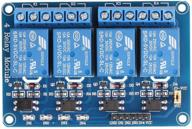
7
·
Very good

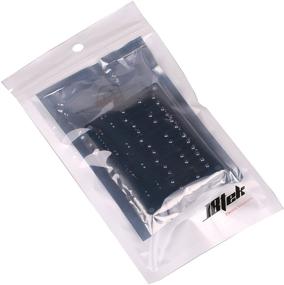
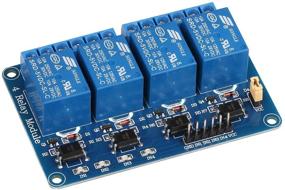
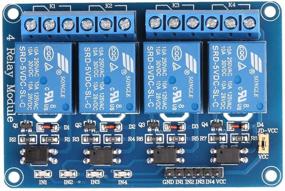
| Brand | JBtek |
|---|---|
| Maximum Switching Current | 10 Amps |
| Specification Met | Ma |

Unleash High-Performance with AMD Ryzen 5 3600XT Processor & Wraith Spire Cooler

223 Review

🚀 Upgrade Your PC with TP-Link Archer T5E WiFi Card - Dual Band Wireless Network Card for Gaming and Streaming on Windows 10, 8.1, 8, 7 (32/64-bit) with Bluetooth 4.2 Support

83 Review
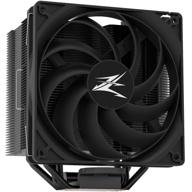
Zalman Performa Performance Powerful Included

172 Review
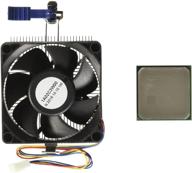
💪 AMD FD6300WMHKBOX FX-6300 Black Edition: 6-Core Processor with Unparalleled Performance

134 Review
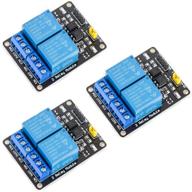
🌐 MCIGICM 2 Channel DC 5V Relay Module: Optocoupler Low Level Trigger Expansion Board for Arduino UNO R3, DSP, ARM, PIC, AVR, STM32, Raspberry Pi

11 Review
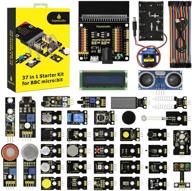
🎁 Ultimate BBC Micro bit Sensor Starter Kit: Keyestudio 37-in-1 Box with Tutorial, Compatible with V1.5 & V2, Gift for Kids and Adults (Microbit Board Not Included)

11 Review
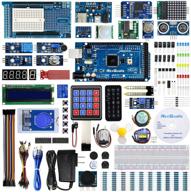
REXQualis Comprehensive Starter Kit with Arduino MEGA 2560 & Detailed Tutorial for Arduino IDE Compatibility

11 Review
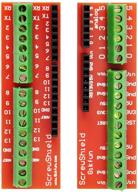
Gikfun Screw Shield Expansion Board: Enhance Arduino UNO R3 with the EK7007 Add-On

11 Review

Comprehensive 500pcs Laptop Screw Kit Set for 🔩 IBM HP Dell Lenovo Samsung Sony Toshiba Gateway Acer

12 Review
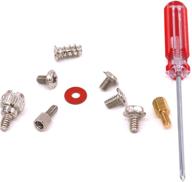
Glarks 660 Pieces Phillips Assortment Motherboard

10 Review
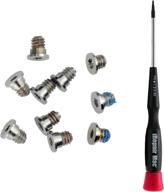
MacBook Retina 13-inch (A1425, A1502) and 🔩 15-inch (A1398) Bottom Case Screw Set with Pentalobe Screwdriver

11 Review
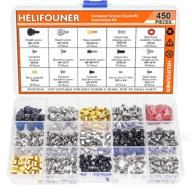
🖥️ Helifouner 450-Piece Computer Standoffs Spacer Screws Kit: Ideal for Hard Drive, Motherboard, Fan, Power Graphics & Computer Cases

10 Review